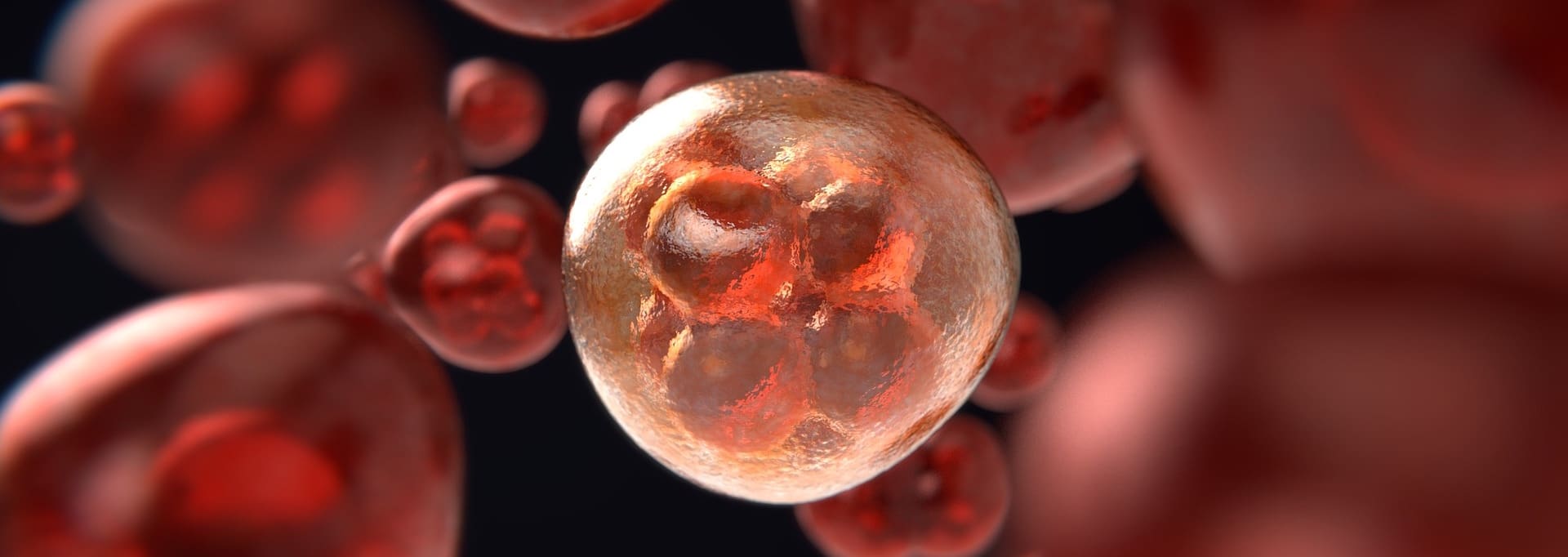Physiology and Thermography

As you may know, there are different tests for breast abnormalities, and they are contentious, to say the least. They use different technology, and one of the divides is the difference in approach the technologies bring to observing disease or pathology. Thermography is a physiological study of the body, while mammography is an anatomical study. This blog post will try to explore the difference.
The History of Physiology
The ancients focused on what they could see anatomically and came up with theories about what their observations signify based on what they found in dissected diseased tissue. Around 150 AD, the Greek physician Galen of Pergamon saw the body consisting of three connected systems: (1) the brain and nerves – responsible for thoughts and sensations; (2) the heart and arteries – giving life; and (3) the liver and veins – attributed to nutrition and growth. This was the first idea that the body works as a system – later, with the advent of the microscope, scientist could observe molecular behaviour which gave birth to the relatively modern science of Physiology.
What Is Physiology?
How does your body keep its blood sugar levels constant when you eat different foods? How does your body regulate its temperature and keep it stable when you get undressed or jump into cold water? These functions are physiological and involve the integration of different cells, tissues and organs of the whole body responding and working together. The study of this behaviour is called ‘Physiology’ – and includes everything from how molecules behave within cells to how systems of organs work together and respond to the outside environment. This helps us determine when things go wrong with disease, and how to treat and maintain human health.
This is in contrast to anatomical studies which rely on dissection and surgery to observe and study the body’s structure, or an organism’s internal appearance or shape and size and location inside the body. An Anatomist would observe them at a microscopic level looking for markers that identify disease.
Why is Physiology important to Thermography?
Thermography won’t ’see’ a lump in a breast or any anatomical abnormalities, but rather it can identify inflammation and abnormal vascular (vein) activity by converting heat variations into light. Abnormal activity, in most cases, creates more heat than the surrounding tissue – visible to a thermographic camera. When we compare thermographic images to a baseline image, it reveals abnormal physiological activity and reason for monitoring or further tests.
This is why Thermography is described as a ‘Physiological test’ – because it tells us something about the vascular behaviour in a region of the body, which can be considered abnormal and therefore reason for concern.
References
https://www.webmd.com
https://en.wikipedia.org
https://www.thoughtco.com
